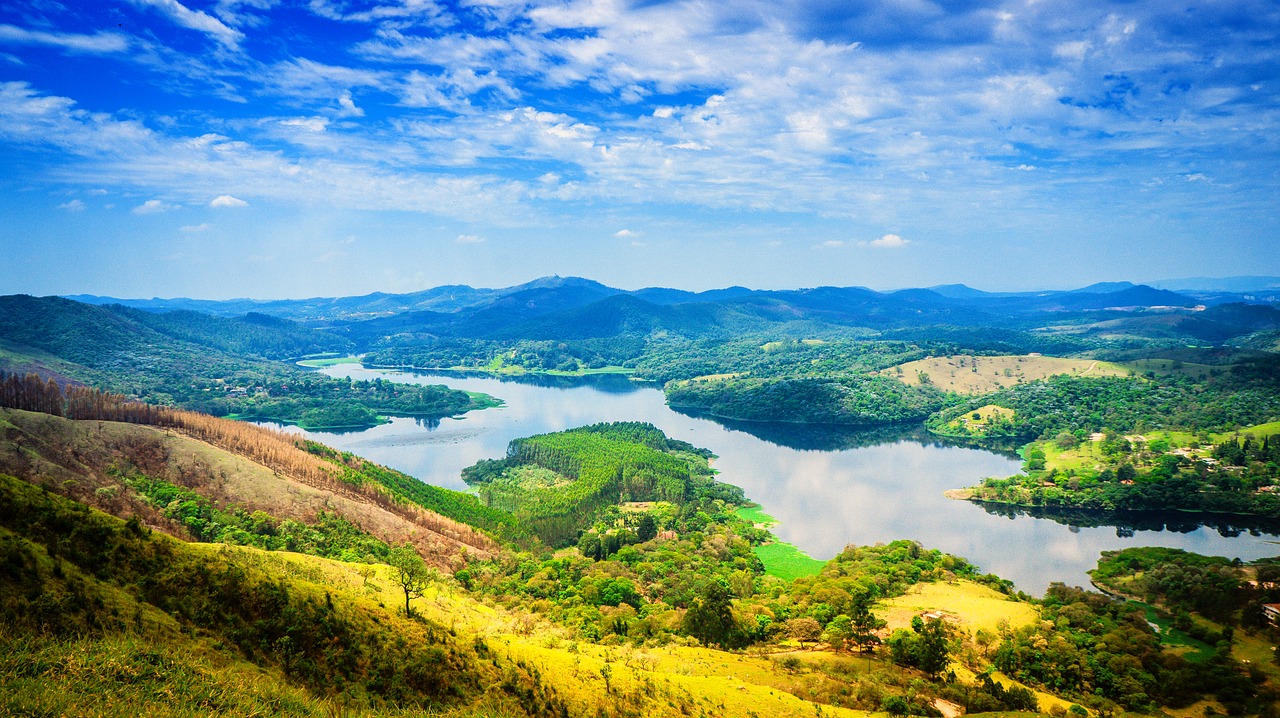
We have a tendency to overlook the value of crops and frequently take them for granted. You might think there isn’t anything much to the trees and plants which are around us every day but they’re vital for our long term survival. Plants are a necessary source – we rely upon them for water, food, medication, the atmosphere we breathe, habitat, and our climate, and much more.
Habitat
Plants are incredibly crucial for providing habitats for a massive number of distinct species. A fantastic instance of this is the English oak.
This species supports a longer lifestyle than any other tree. It offers habitat for countless pests and food for birds and mammals like deer and badger. It encourages fungi, lichens, as well as bats. Bat species may probably clot in old woodpecker holes under loose bark then feed on the pests in the shrub canopy.
Native wildlife is dependent upon native plant and shrub species such as the English walnut – without them, they would not have the ability to maintain themselves.
Air contamination
A variety of chemical pollutants may cause difficulties in health in urban and industrial environments. It’s been increasingly demonstrated that the existence of green areas in these regions could be critical in acting as a sink to those pollutants, therefore enhancing air quality.
Any green area has the ability to decrease air pollution. Woodland implanted in the ideal areas near industrial and urban environments could be especially successful on account of the growth in the surface region capable to absorb pollutants.
Soil quality
Trees and plants are amazingly crucial for keeping good soil requirements. Their origins and the germs that live about their roots hold the soil together, reducing the odds of soil erosion. When leaves fall from the trees when plants die they decompose, fertilizing the ground, and allowing different crops to grow and flourish.
Climate
Carbon dioxide (CO2) is one of the chief greenhouse gases which lead to climate change. Plants take in CO2 and release oxygen through the process of photosynthesis. This CO2 can be utilized as building blocks for fresh tissue like their branches, trunk, leaves, and roots behaving as carbon shops.
When forests are burnt or cut, the big amounts of carbon that’s been stored in plant cells as well as the soil is discharged into the air. That is the reason it’s essential to protect those habitats, particularly ancient primary forests comprising native species that have experienced little human interference previously.

